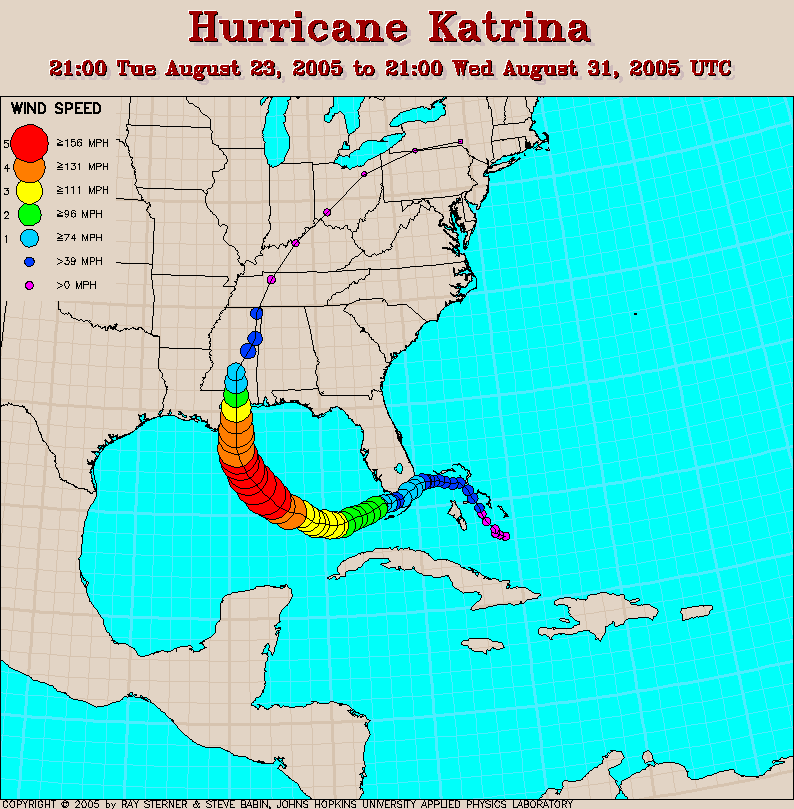 | The Dynamic Coast |
|
|
|
|
Coastline Formation
Coastline Features
Beaches
Barrier Islands
Deltas and Salt Marshes
Human Alterations
Estuaries
Coastal Storms and Storm Surge
Tropical Cyclones
Where and When
Hurricane Life Cycle
Hurricane Hazards
Evacuation
Extratropical Cyclones
Coastal Zone Management
The Great Lakes and the Ocean
The coast, transitional between land and ocean (or large lake), is a particularly dynamic environment where the ocean interfaces with the geosphere, atmosphere, cryosphere, and biosphere. Processes operating at the coast include tides, breaking waves, currents, sediment discharge by rivers, fluctuating sea level, and the activities of living organisms including people. Coasts may be tectonically active (e.g., mountain building, volcanism) or passive (featuring mostly sediment erosion and deposition). As sea waves enter coastal waters of variable depth, they bend (are refracted) toward shallower water, influencing patterns of erosion, sediment transport, and deposition along the coast. Among the prominent coastal features are beaches, headlands, barrier islands, lagoons, deltas, salt marshes, and mangroves. The existence of these features depends largely on sediment erosion, transport, and deposition by rivers, waves, longshore currents, and wind. Human efforts to stabilize some of these features include coastal armor (e.g., breakwater, jetty, groin, seawall), beach nourishment, and strategic retreat. Very important for marine ecosystems are estuaries that form at the land-sea interface and involve varying degrees of mixing of fresh and sea water. Tropical cyclones (e.g., hurricanes) and extratropical cyclones (e.g., norĺeasters) can produce a storm surge that causes coastal flooding that may claim lives and cause considerable property damage. Tropical cyclones form and spend much of their life cycle over warm ocean waters. They derive their energy from the latent heat liberated when evaporated ocean water condenses during cloud formation. Extratropical cyclones may originate over land but tend to intensify when they pass over relatively warm ocean waters such as the Gulf Stream.
After reading this chapter, the student should be able to:
Ľ Distinguish between tectonically active and passive continental margins.
Ľ Explain why wave fronts refract as they enter shoaling water and approach the coastline.
Ľ Identify the sources of beach sand.
Ľ Describe the development of longshore currents.
Ľ Present the significance of littoral drift for maintaining or cutting back beaches.
Ľ Summarize the beach sediment budget.
Ľ Describe the origin and significance of barrier islands.
Ľ Identify the advantages and disadvantages of coastal armor such as groins and jetties.
Ľ Explain why artificial beach nourishment is a temporary solution to beach erosion.
Ľ Describe the origins and significance of estuaries.
Ľ Identify and distinguish among the various types of estuaries.
Ľ Explain why a storm surge is more likely to develop on one side of a cyclone that is approaching the coast.
Ľ Describe the role of sea-surface temperature in governing the location and principal season of hurricane activity.
Ľ Explain why winds in tropical cyclones weaken rapidly once the system makes landfall.
Ľ Describe the conditions whereby an extratropical storm might produce more coastal erosion than a tropical cyclone.



